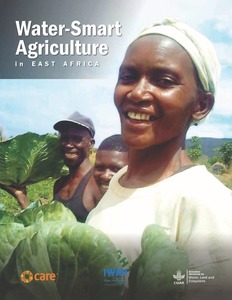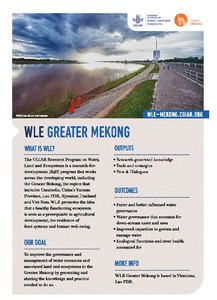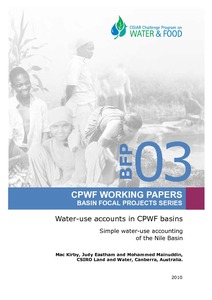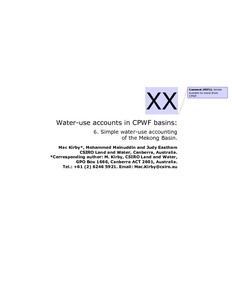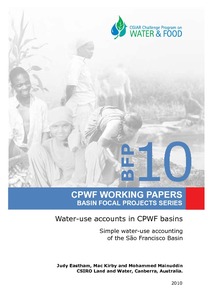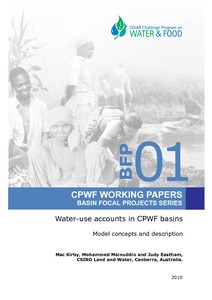What role can information play in improved equity in Pakistan’s irrigation system?: evidence from an experimental game in Punjab
The Indus Basin Irrigation System suffers significant inequity in access to surface water across its millions of users. Information, i.e., monitoring and reporting of water availability, may be of value in improving conditions across the basin, and we investigated this via an experimental game of water distribution in Punjab, Pakistan. We found evidence that flow information allowed players to take more effective action to target overuse, and that overall activities that might bring social disapproval were reduced with information.


